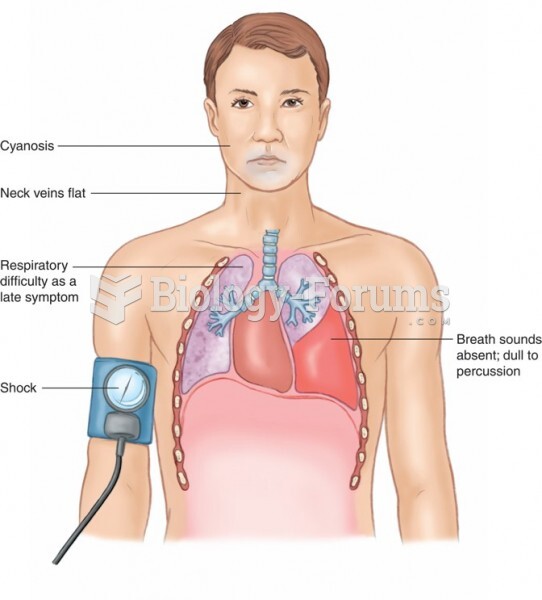Answer to Question 1
C
Feedback
A Incorrect. As young males exhibiting symptoms and signs of precocious puberty very often have abnormalities in the central nervous system, it is not especially critical to perform an examination of the testes and penis.
B Incorrect. As young males exhibiting symptoms and signs of precocious puberty very often have abnormalities in the central nervous system, it is not especially critical to perform an electrocardiogram (EKG) and test the cardiac enzymes.
C Correct. As young males exhibiting symptoms and signs of precocious puberty very often have abnormalities in the central nervous system, it is especially critical to perform a computed axial tomography (CAT) scan, magnetic resonance imaging (MRI) scan, or skull film to look for lesions.
D Incorrect. As young males exhibiting symptoms and signs of precocious puberty very often have abnormalities in the central nervous system, it is not especially critical to perform an examination for gynecomastia (abnormal enlargement of breasts in males).
Answer to Question 2
B
Feedback
A Incorrect. Taking a health history on a young girl with symptoms of precocious puberty, you would not most want to ask the girl and her family to make a log of all the foods the girl eats during a week and to answer if alcohol is available in the household.
B Correct. Many over-the-counter beauty products contain estrogen. If birth control pills are available in the house, verify that the child has not had access to them, possibly ingesting the pills to be just like mommy. This exposure to exogenous hormones could promote the development of symptoms of precocious puberty.
C Incorrect. Taking a health history on a young girl with symptoms of precocious puberty, you would not most want to ask the girl and her family to share with you what they know about birth control and the prevention of pregnancy.
D Incorrect. Taking a health history on a young girl with symptoms of precocious puberty, you would not most want to ask the girl and her family to share with you what they know about precocious puberty.







